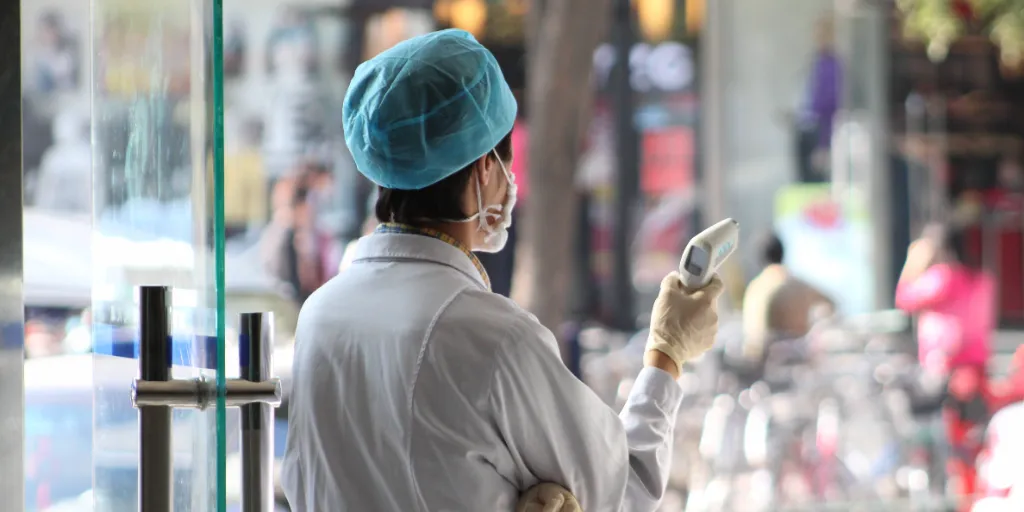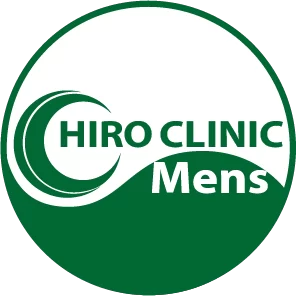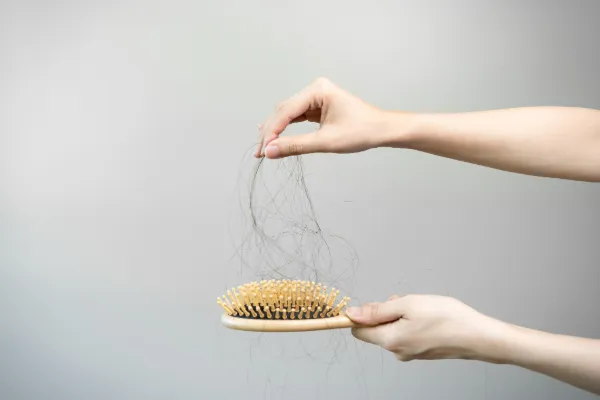この記事の概要
Hair transplantation is an effective treatment for people suffering from thinning or balding hair. Technological advances have dramatically improved the safety and effectiveness of the procedure. This article details the safety and latest innovations in hair transplantation.
Hair transplant safety
Basic surgical risks
Since hair transplant surgery is a surgical procedure, it comes with some basic risks. However, with proper care and in the hands of an experienced physician, the risks are minimized.
Infectious diseases
Postoperative infections can be prevented with proper disinfection and postoperative care. Clinic hygiene and patient self-care are important.
bleeding
Minor bleeding may occur during and after surgery, but it usually subsides on its own. It is important to take appropriate care according to your doctor’s instructions.
side effects of anesthesia
Because local anesthesia is used, side effects are minimal. Allergic reactions may occur in rare cases, but you can assess the risk with a health check beforehand.
Factors that increase safety
experienced doctor
Surgery performed by an experienced doctor increases safety and success rate. The skill and knowledge of the doctor greatly influences the outcome of the surgery.
latest technology
Introducing the latest technology improves surgical precision and safety. New technology has the effect of reducing the burden on patients and speeding recovery.
Post-operative care
Proper postoperative care is essential to the success of the surgery. It is important to follow your doctor’s instructions to prevent infections and other complications.
Latest innovations
Evolution of FUE method
Robot-assisted FUE (ARTAS system)
Robot-assisted FUE is a technology in which a robotic arm precisely harvests hair follicles and transplants them into the transplant site. This increases the precision of the surgery and shortens the recovery period.
DHI法(Direct Hair Implantation)
The DHI method is a method in which hair follicles are harvested and then directly transplanted using a special implanter pen. Because the hair follicles are transplanted all at once, the surgical time is reduced and the precision of the transplant is improved.
high density transplantation
Modern technology allows for high-density transplantation of hair follicles. This gives you a more natural finish and hair volume.
Evolution of self-care technology
Low power laser therapy (LLLT)
LLLT is a treatment that uses an at-home device to shine low-power laser light onto the scalp to stimulate hair follicles. Promotes hair growth and supports post-surgery recovery.
Development of PRP therapy
Platelet rich plasma (PRP) therapy
PRP therapy is a method in which platelets are extracted from the patient’s own blood and injected into the scalp. Platelets contain growth factors that promote hair follicle growth. This improves the hair survival rate after surgery.
stealth FUE
What is Stealth FUE?
Stealth FUE is a technique that specifically minimizes scarring at the donor site. Because the hair follicles are collected using a very small punch, the scars are less noticeable and recovery is quick.
Bioengineering and regenerative medicine
Hair follicle regeneration technology
With advances in regenerative medicine, hair follicle regeneration technology using bioengineering is being researched. This may enable effective hair transplant treatment even for patients who lack hair at the donor site.
stem cell therapy
Stem cell therapy is a technique that uses a patient’s own stem cells to regenerate hair follicles. Stem cells are injected into the scalp to promote hair growth and improve thinning hair.

Hair transplant success stories and research
Success Stories
Case 1: High-density transplantation of a man in his 30s
Mr. A, a man in his 30s, was suffering from thinning hair on the top of his head. As a result of the surgery that combined robot-assisted FUE and high-density grafting technology, we were able to obtain a natural-looking finish and sufficient volume.
Case 2: Transplantation of a woman in her 40s using the DHI method
Ms. B, a woman in her 40s, had a receding hairline on the front of her head. By undergoing hair transplant surgery using the DHI method, I regained my natural hairline and regained my self-confidence.
Research results
Multiple clinical studies have confirmed the effectiveness of hair transplant surgery using the latest technology. For example, robot-assisted FUE surgery has been shown to have higher survival rates and a shorter postoperative recovery period than manual implantation.
In conclusion
Hair transplantation is widely recognized as a safe and effective hair loss treatment. The latest technological innovations are improving the precision and effectiveness of surgery and reducing the burden on patients. Technologies such as robot-assisted FUE, DHI, low-power laser therapy, PRP therapy, stealth FUE, bioengineering and regenerative medicine are pioneering the future of hair transplantation. By choosing an experienced doctor and a reliable clinic and using the latest technology, you can expect natural-looking results and long-term results.
Hiro Clinic Hair Transplant
At Hiro Clinic, we recommend Natural Pro FUE treatment, which treats hairless areas where oral treatment or injection therapy is not effective, and leaves almost no visible scars. By harvesting hair roots from the back of the head and shaving the area, post-surgery management is easier, and only the required number is transplanted with a natural-looking finish. It can be performed as a same-day surgery using local anesthesia, provides gradual hair growth at an affordable price, and can be safely performed in Japan.
Hiro Clinic Hair Transplant
At Hiro Clinic, we recommend Natural Pro FUE treatment, which treats hairless areas where oral treatment or injection therapy is not effective, and leaves almost no visible scars. By harvesting hair roots from the back of the head and shaving the area, post-surgery management is easier, and only the required number is transplanted with a natural-looking finish. It can be performed as a same-day surgery using local anesthesia, provides gradual hair growth at an affordable price, and can be safely performed in Japan.








